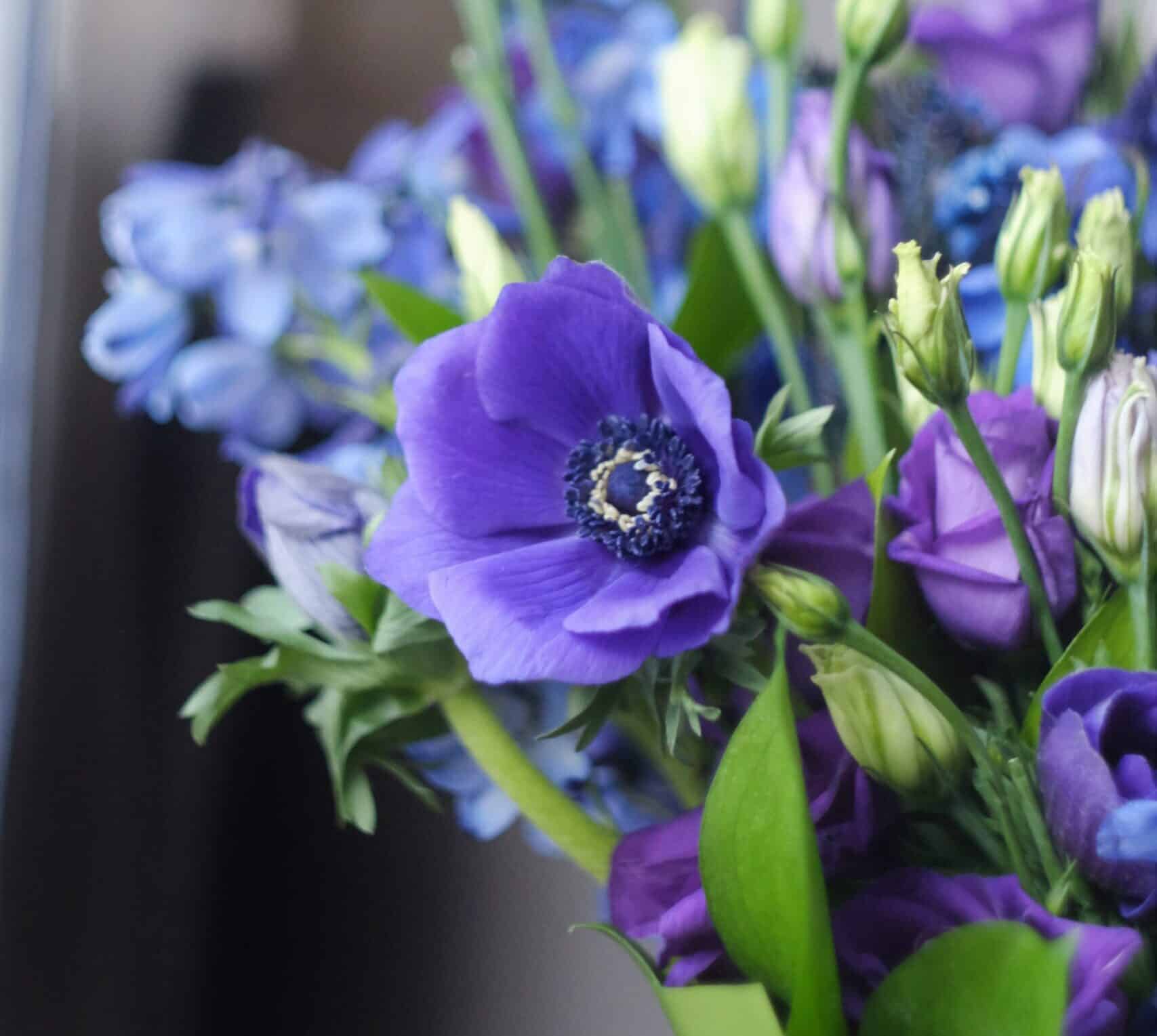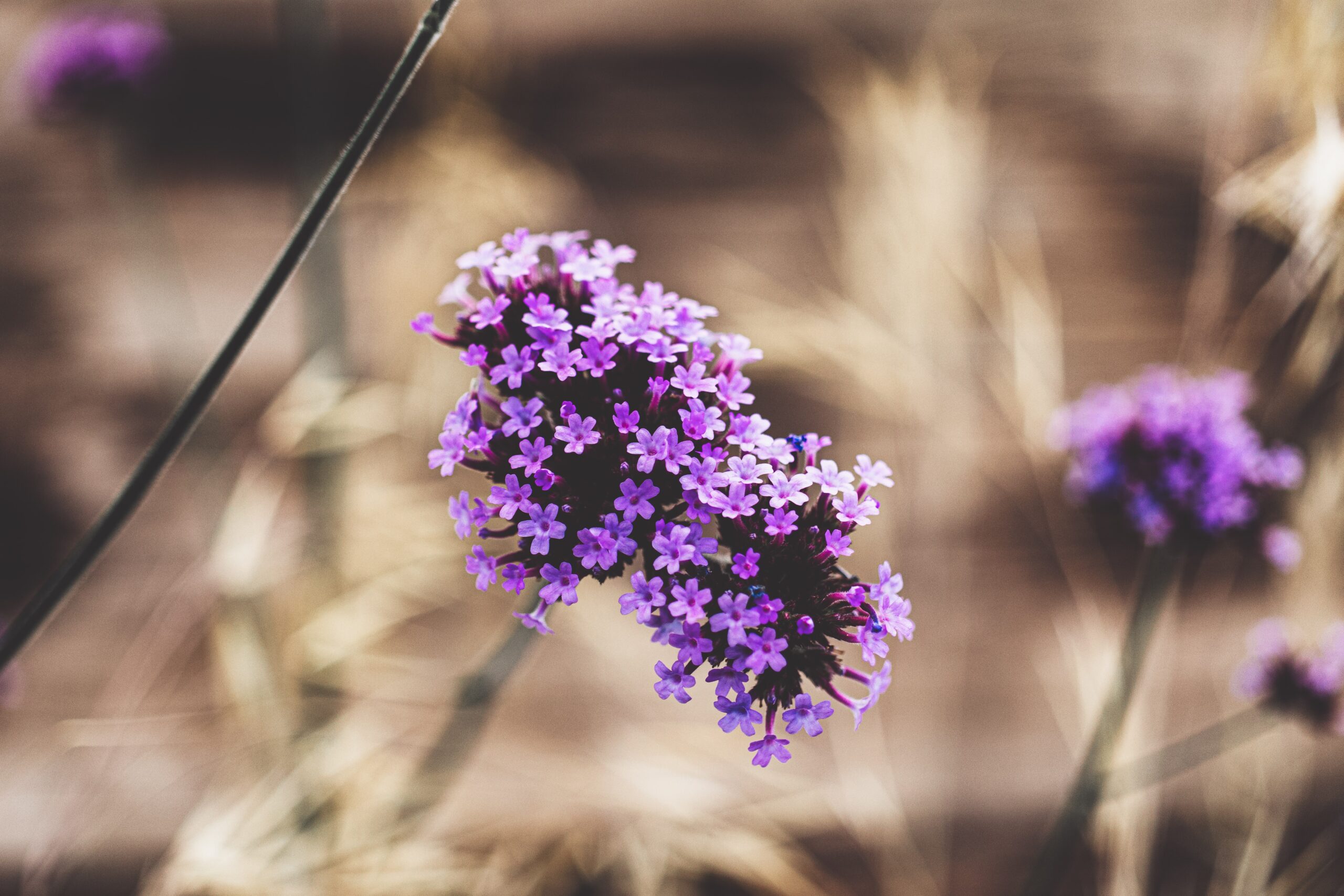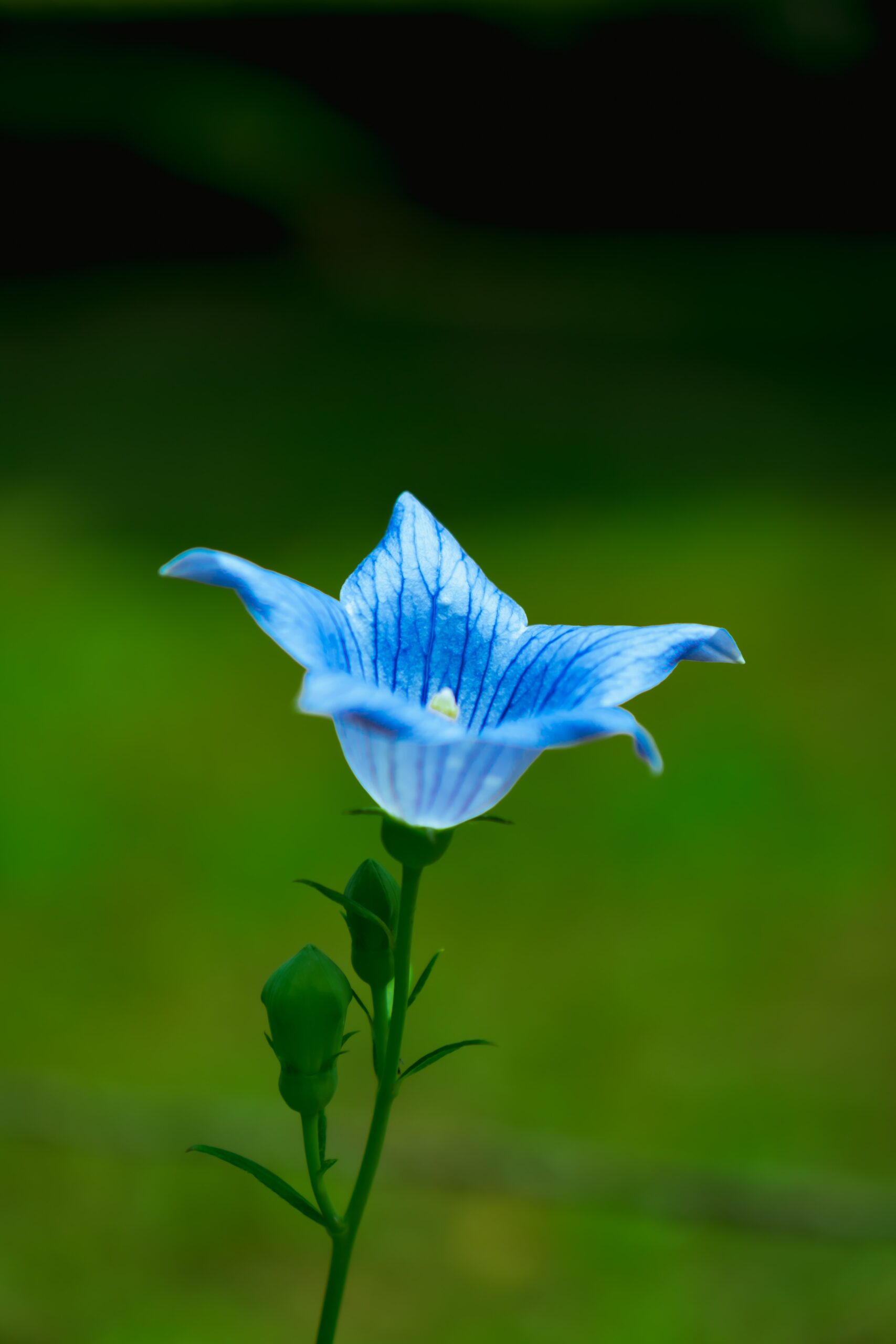Have you ever wondered how difficult it is to grow and care for anemones? These little flowers bring joy and boost the mood; they are pretty easy to manage too!
Anemones, or Windflowers, are beautiful flowering plants native to Europe and Asia. They are also known as European windflowers or wild pansies. The flowers bloom from April through July, depending on where they are grown.
Windflowers are versatile and can be planted in almost any type of soil. They thrive in full sun and well-drained soils. They require little maintenance once established.
You can plant them directly into your garden or pot. If you want to give them a head start indoors, sow seeds in late winter or early spring. Once the seedlings emerge, transplant them outdoors after the frost has passed.
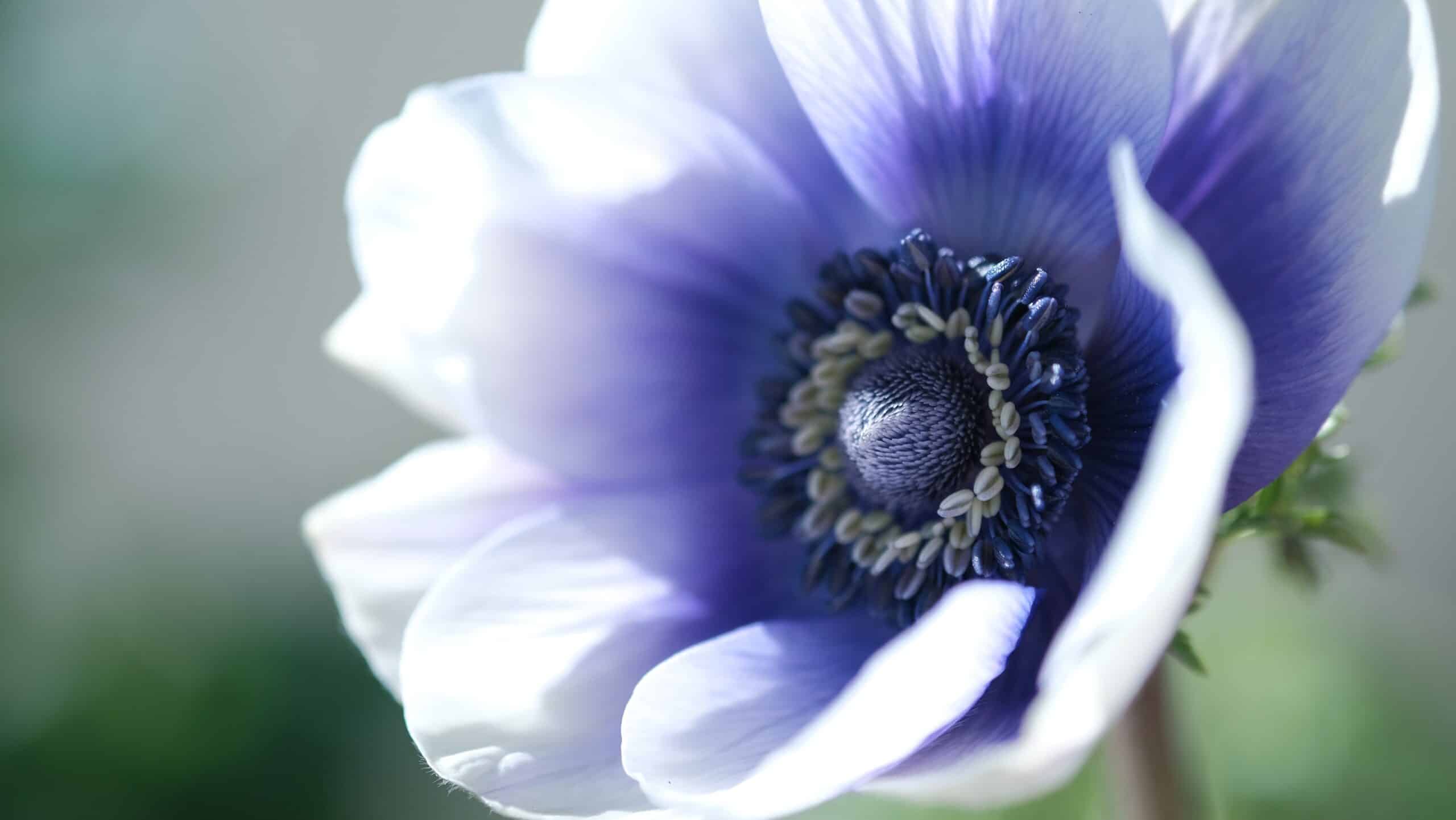
How to Grow and Care for Anemones
Anemones are easy to grow and come in many different varieties. They can be grown indoors or out, depending on where you live. They require little maintenance and are very forgiving plants. They do well in most soils, including clay and sand.
Pot growing is recommended because it allows you to monitor how much water they need. You don’t want to overwater them, though, as they like dry conditions.
You can buy tubers or rhizome plugs from garden centers. Tubers are usually larger than rhizomes, so you’ll want to choose those. Rhizomes are smaller and easier to plant.
They’re best planted in late autumn or early spring. If you live in a cold climate, you should wait until summer.
Plant them in small containers filled with potting soil. Place the container in full sun. Water regularly, especially during hot weather. Keep the soil moist but not soggy.
If you’ve bought tubers, you’ll need to let them sit in water for several weeks before planting. This helps to develop roots. Planting them directly into the ground will cause them to rot.
When planting, please ensure the bulb is level with the soil’s surface. Don’t bury it too deeply. When planting, press firmly down on the soil around the bulb.
Once the bulb starts to sprout, add some compost or manure to the soil. This encourages healthy growth.
Keep watering regularly. Once established, anemones don’t need much attention.
How to Plant Anemones
Anemone tubers are easy to grow and require little maintenance once established. They like well-drained soil and full sun. Plant in spring or early summer. Dig up the tubers and place them in pots filled with potting mix. Keep plants moist but not soggy. Once roots begin to form, water sparingly. When roots reach 2–3 inches long, transplant them into larger containers. Anemones do best in temperatures above 10°C/50°F. Consider growing them outdoors during winter if you live in a cold climate.
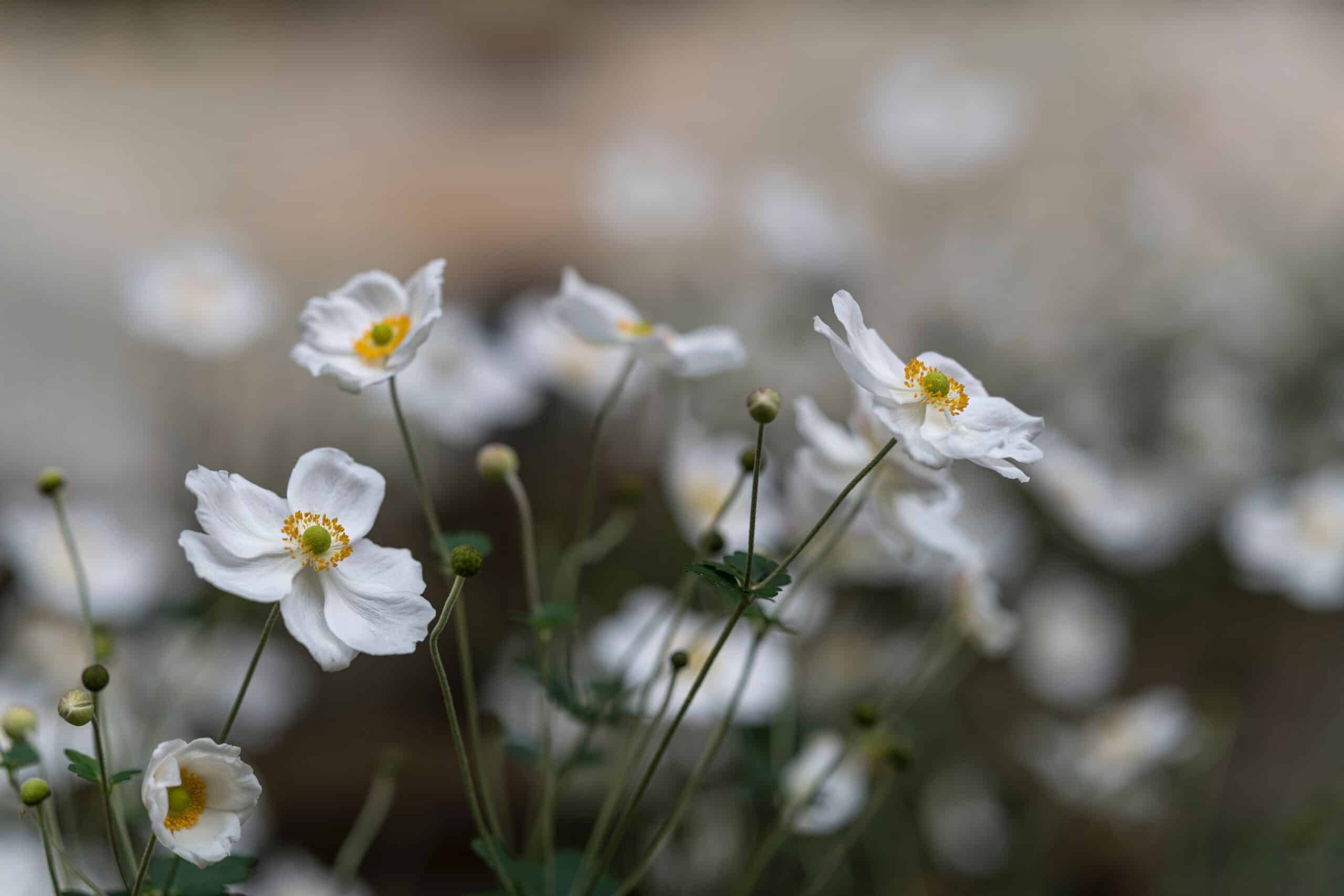
Anemone Care
Anemones are hardy perennials that tolerate low light levels. They prefer full sun but will also thrive in partial shade. They dislike wet feet, so avoid standing water near your plants.
Anemones should be watered when the top inch of the soil feels dry. Overwatering will encourage root rot. The amount of water required varies according to temperature. In cooler climates, anemones may only need occasional misting. In warmer areas, they may need more frequent watering.
- Light
Anemones enjoy bright sunlight. However, you can still grow them there if you have a shady spot. Just remember to provide additional lighting.
- Soil
Anemones like rich, fertile soil. It’s important to use good quality potting mix. Avoid using peat moss or other organic matter. These materials tend to hold moisture and inhibit drainage.
- Water
Wood anemones are easy to grow from seed and do well in most soils. They prefer a sunny location in full sun or partial shade. Watering is needed during dry spells. When growing wood anemones in containers, keep the soil slightly damp. In summer, cut off dead flowers and leaves. Remove spent flower stalks to encourage more blooms. Cut stems back to about 3 inches above the crown. This encourages new growth. Do not prune wood anemones once plants have bloomed. Deadheading helps prevent disease problems.
- Temperature and Humidity
Anemones like warm temperatures (above 15°C/59°F). They do better at higher humidity. A humid environment promotes flowering.
- Fertilizer
Anemones benefit from regular feeding. Feed every two weeks with a liquid fertilizer. Use half strength as directed on the label.
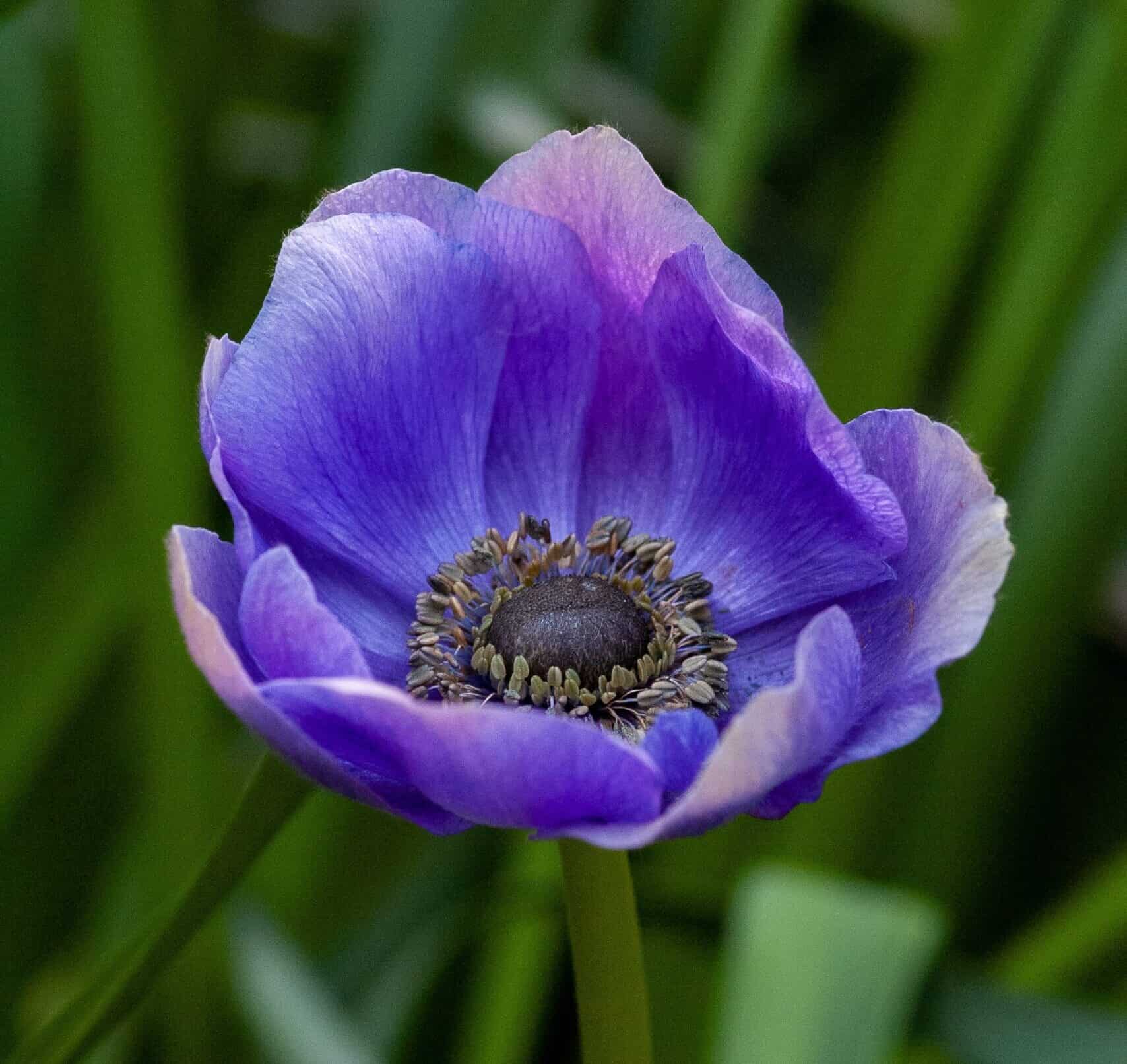
Pruning
Pruning is necessary if your landscape looks good all year round. You don’t want to see bare branches sticking out everywhere, do you? Some trees are pruned annually, others every few years. If you’re interested in learning how to prune, here are some tips to help you along the way.
Shearing off dead growth is another task you should accomplish during winter. This is especially important if you live in a region with snowfall. Dead branches accumulate over the cold season, making it difficult to find them later. Once you’ve removed the dead wood, clear away any debris.
Pruning helps keep plants healthy and improves aesthetics. Cuttings taken from healthy trees will grow into healthy specimens. In addition, pruning reduces the risk of disease spreading among your plants.
Propagating Anemones
Anemones are great plants to propagate because they grow fast and easily. They do best in full sun, but they tolerate partial shade too. They like moist soil but don’t mind drier conditions. They prefer it. Soil needs to be rich enough to support roots. If you want to start propagating anemones from seed, you’ll need to buy some. You can find seeds online or in garden centers. Seeds usually come in small packets containing several varieties. When you sow the seeds, make sure that you plant them deep enough to avoid drying out during the day. Water the seeds thoroughly, cover them lightly with fine sand, and place them in a warm location where they won’t freeze. Keep the area around the pots damp, and check daily to see how things are progressing. Once the seedlings emerge, move them outside to a sunny spot. As soon as the weather warms up, transplant them outdoors. Be careful not to disturb the root system while planting. To increase the number of anemone plants, cut off flower stalks once they bloom. This encourages new growth.
Common Pests & Diseases
Pests may attack anemones: aphids, caterpillars, leafhoppers, mealybugs, mites, scale insects, slugs, snails, thrips, whiteflies, and wasps. The following diseases may affect anemones: anthracnose, black rot, botrytis blight, brown rot, bacterial wilt, cedar apple rust, crown gall, downy mildew, gray mold, powdery mildew, pink rot, root rot, stem rot, verticillium wilt, and wilts.
To prevent these problems, use insecticides and fungicides when needed. For example, spray your plants with foliar feed once a month. It’s also possible to purchase organic sprays that contain beneficial microbes.
What we love from Amazon this week
Buy these wonderful flowers directly from Amazon:


